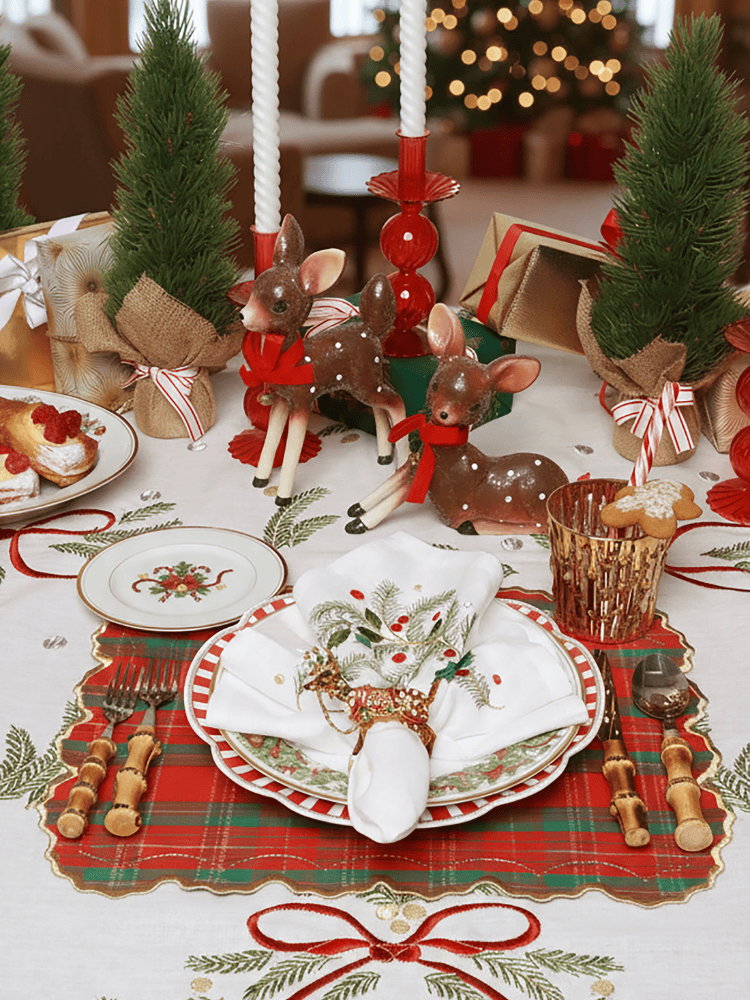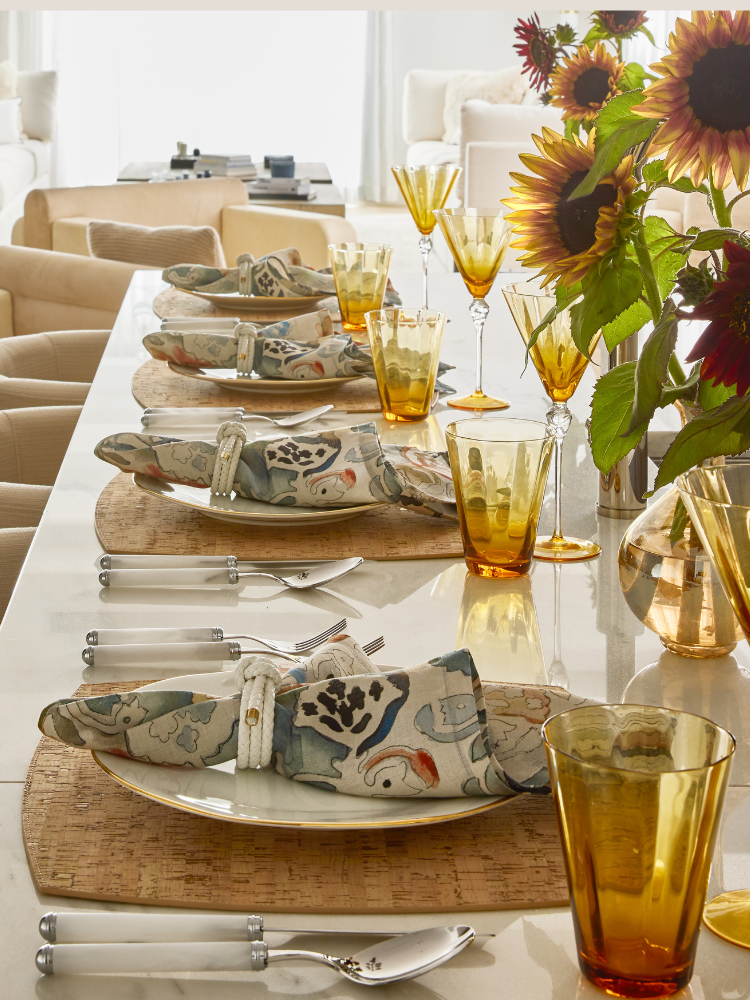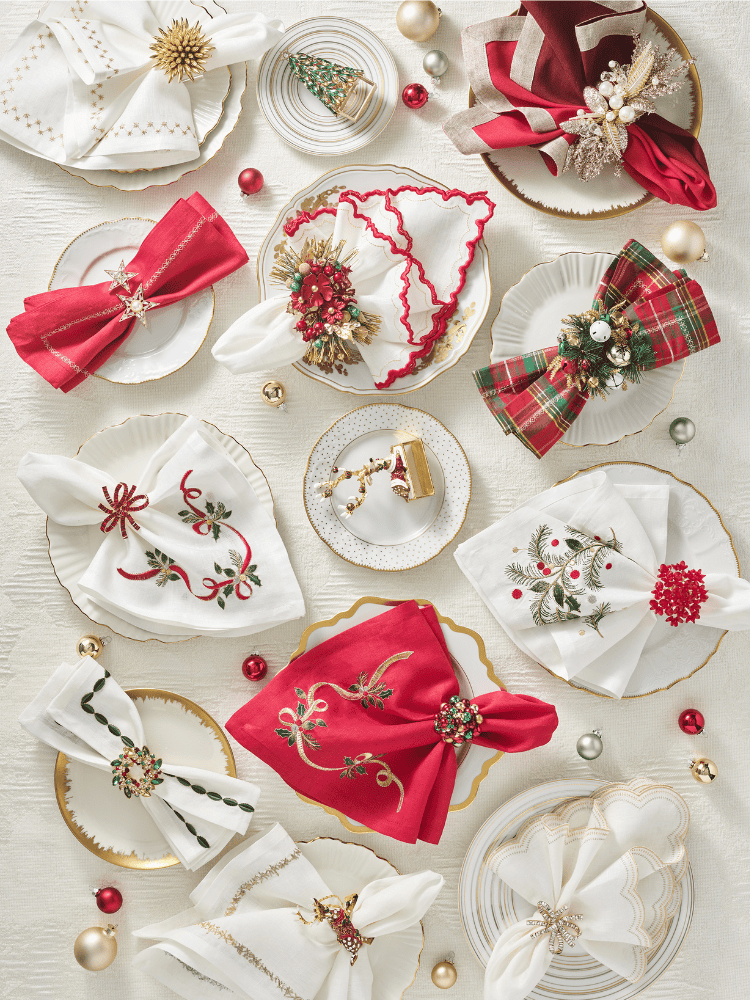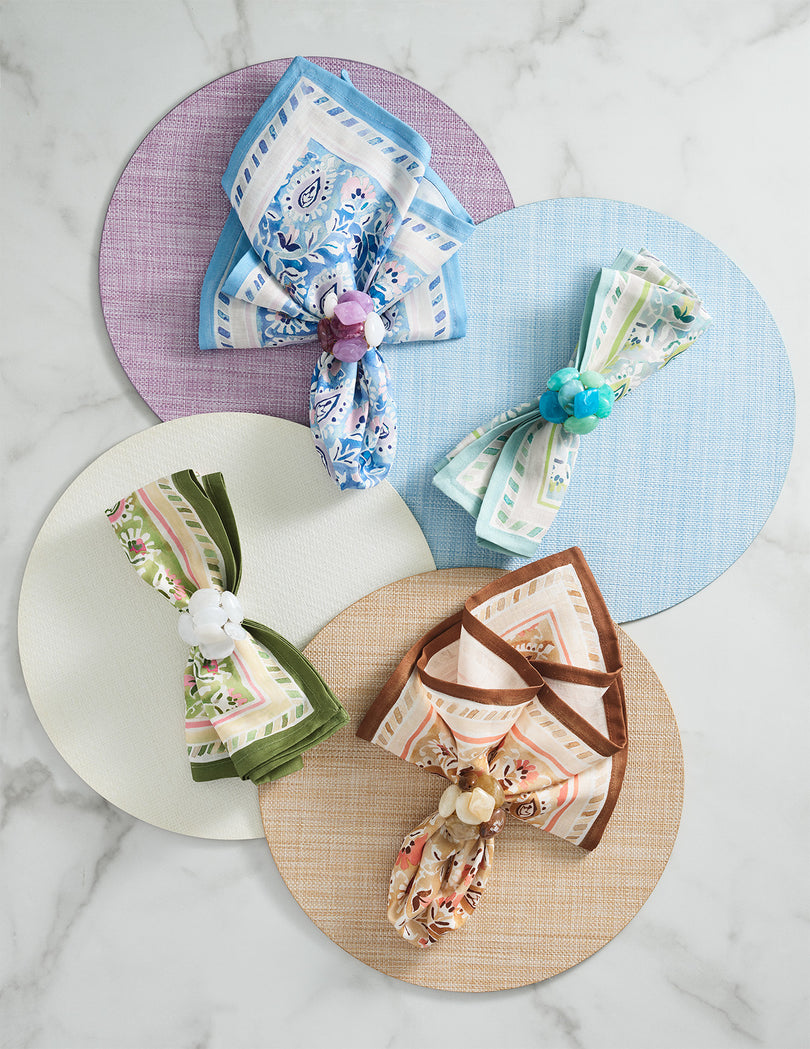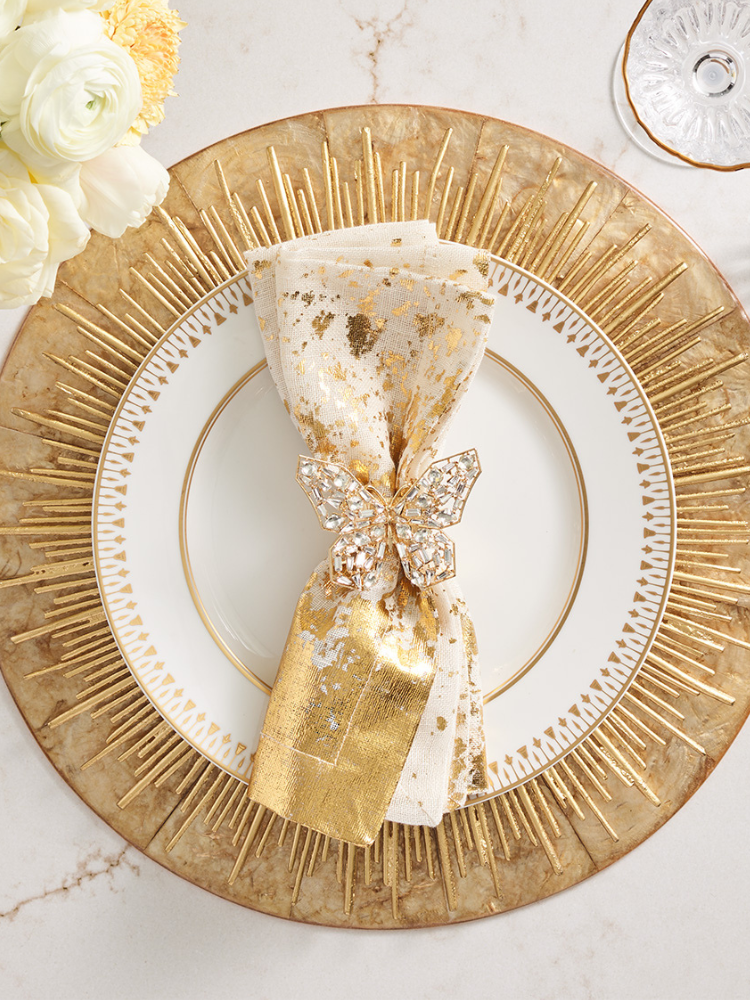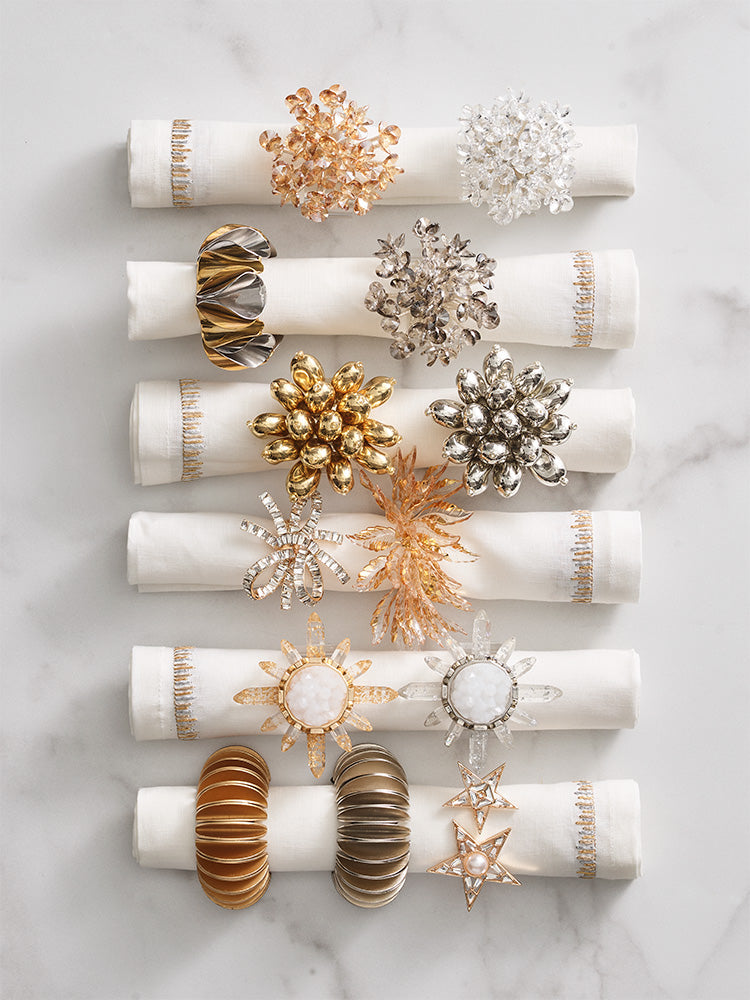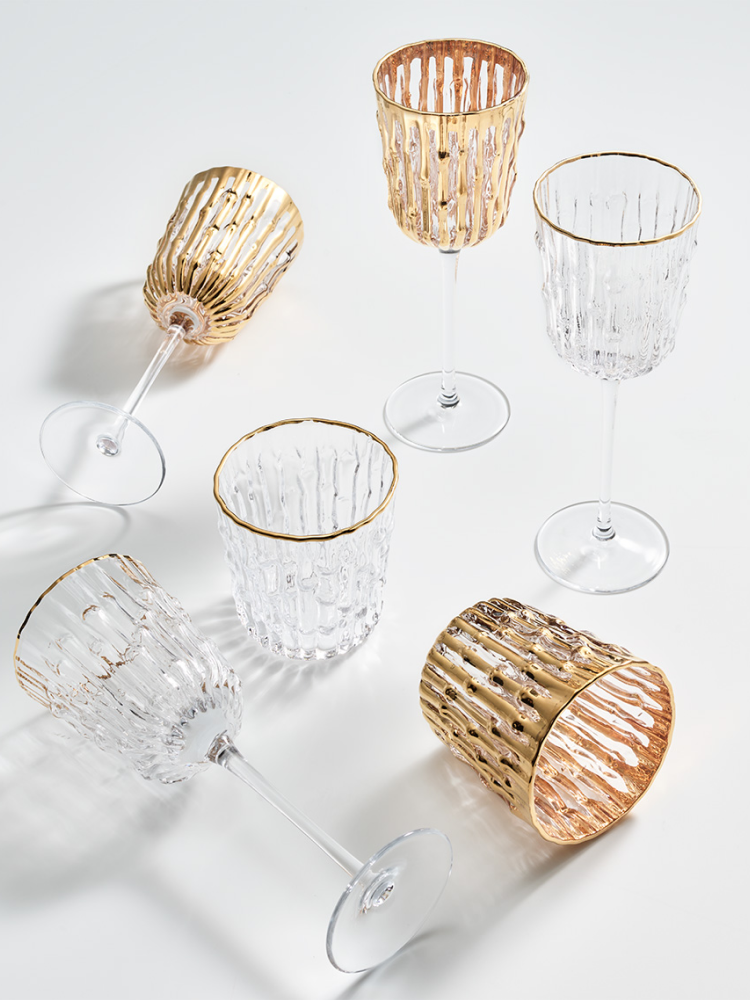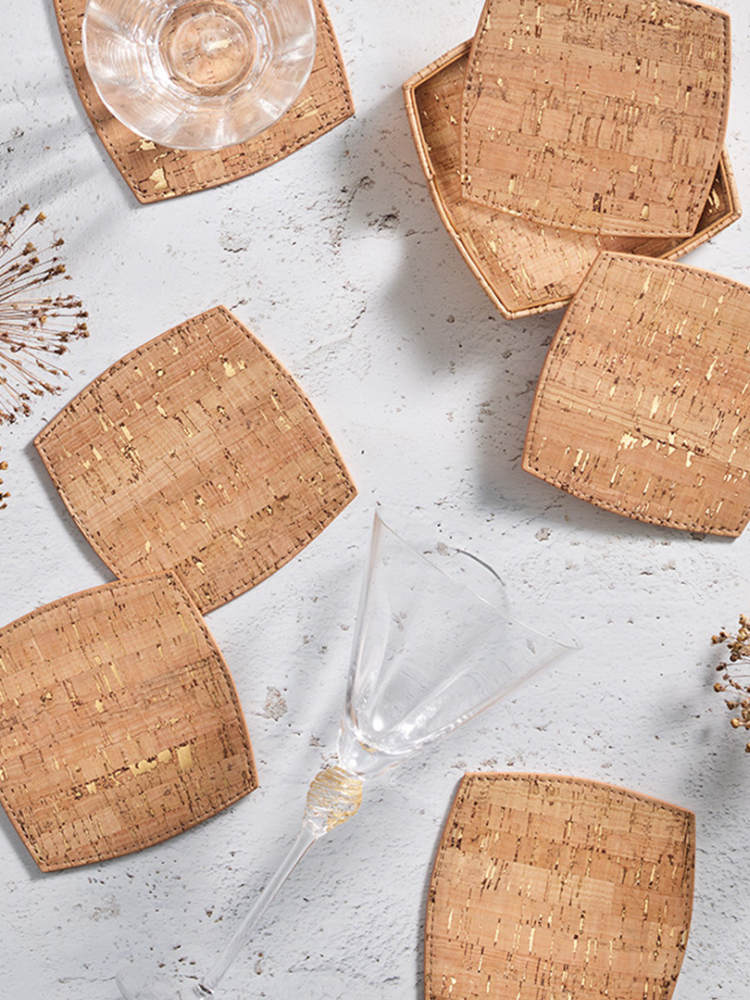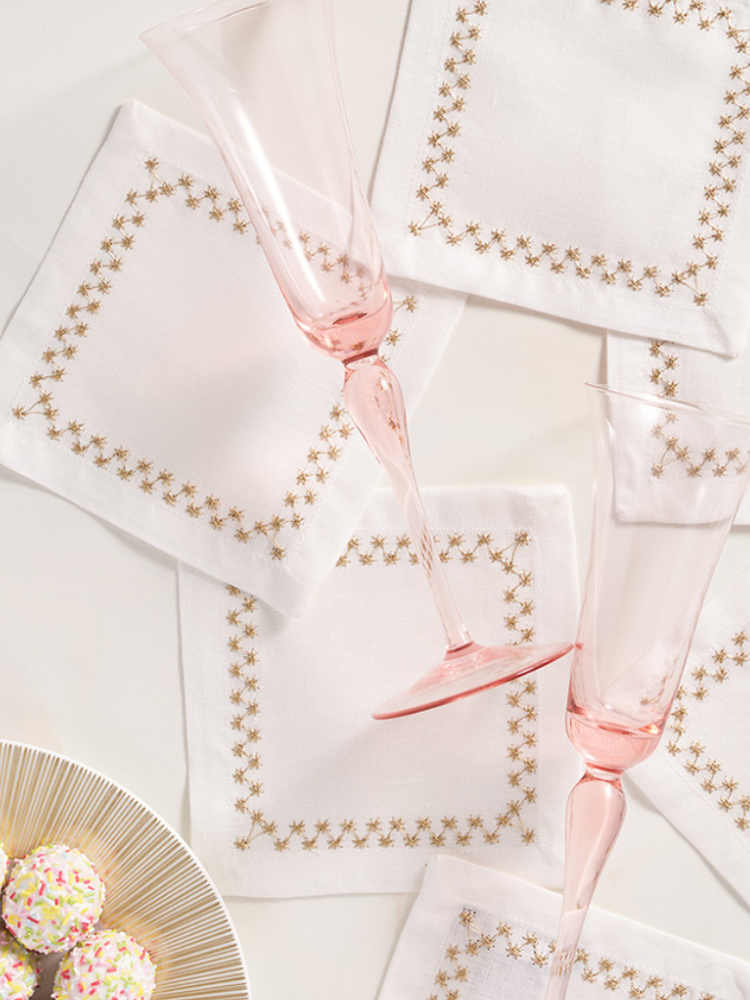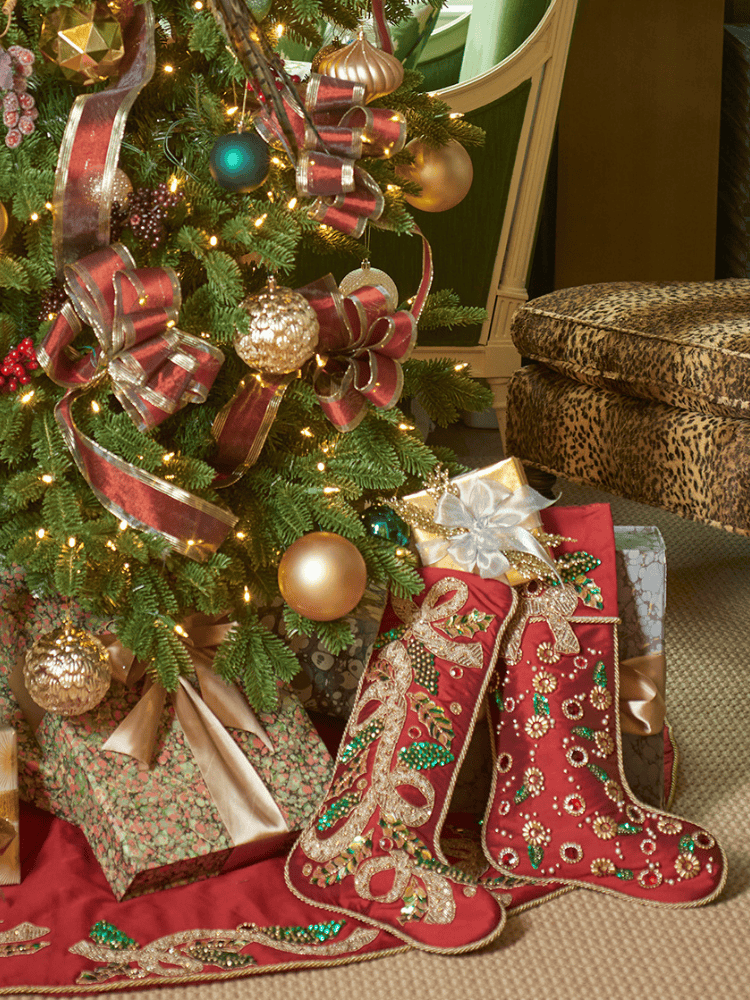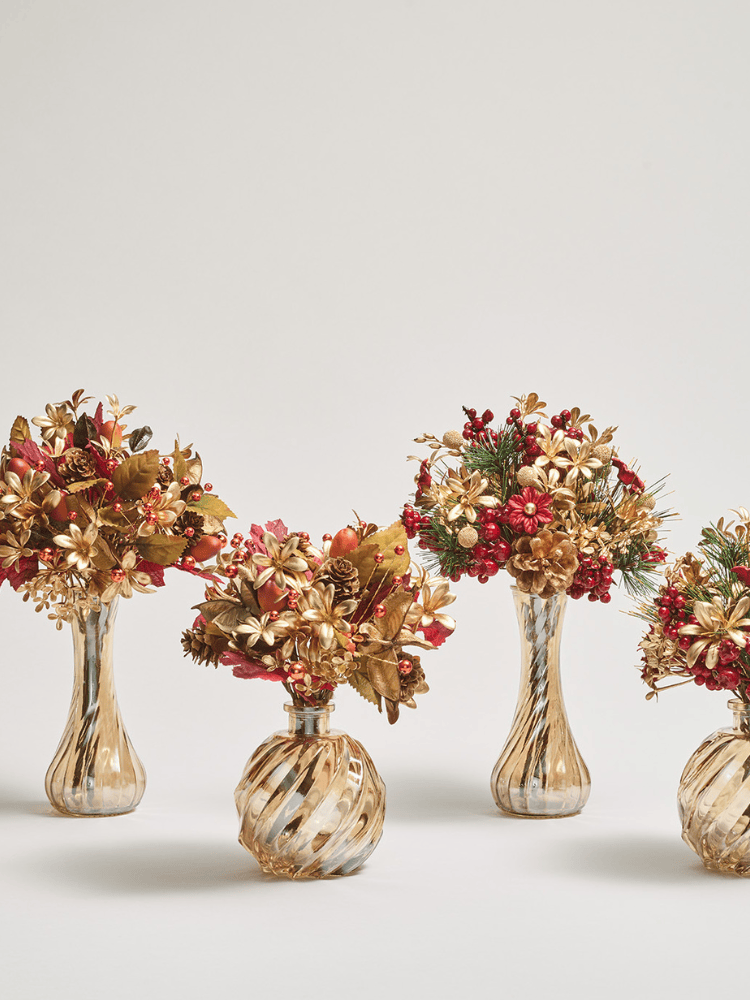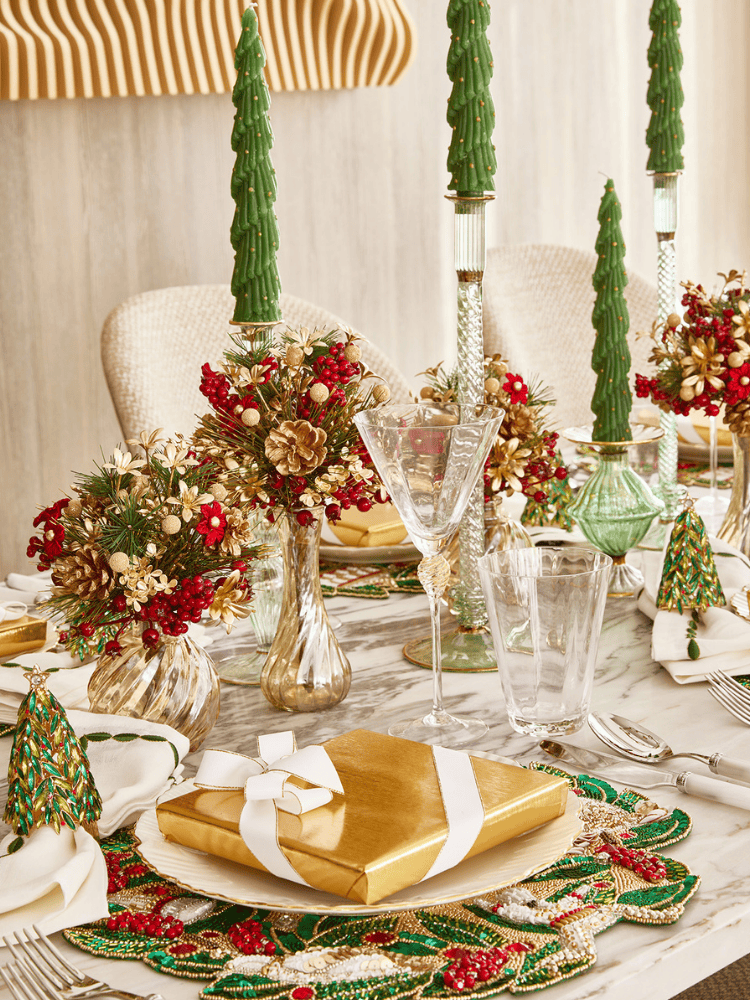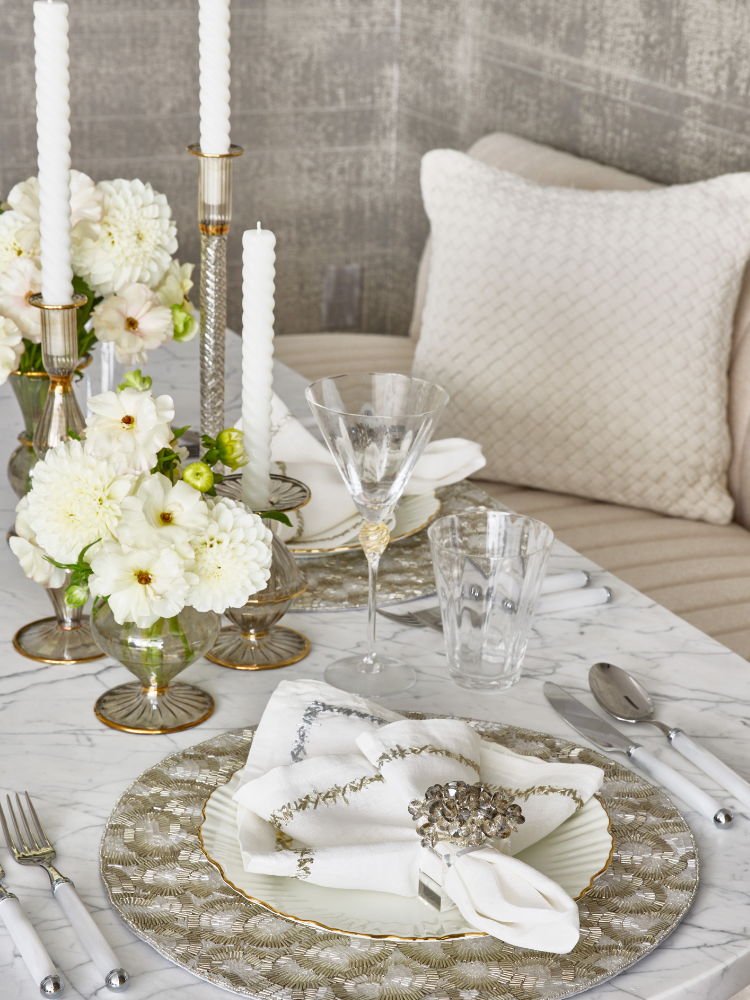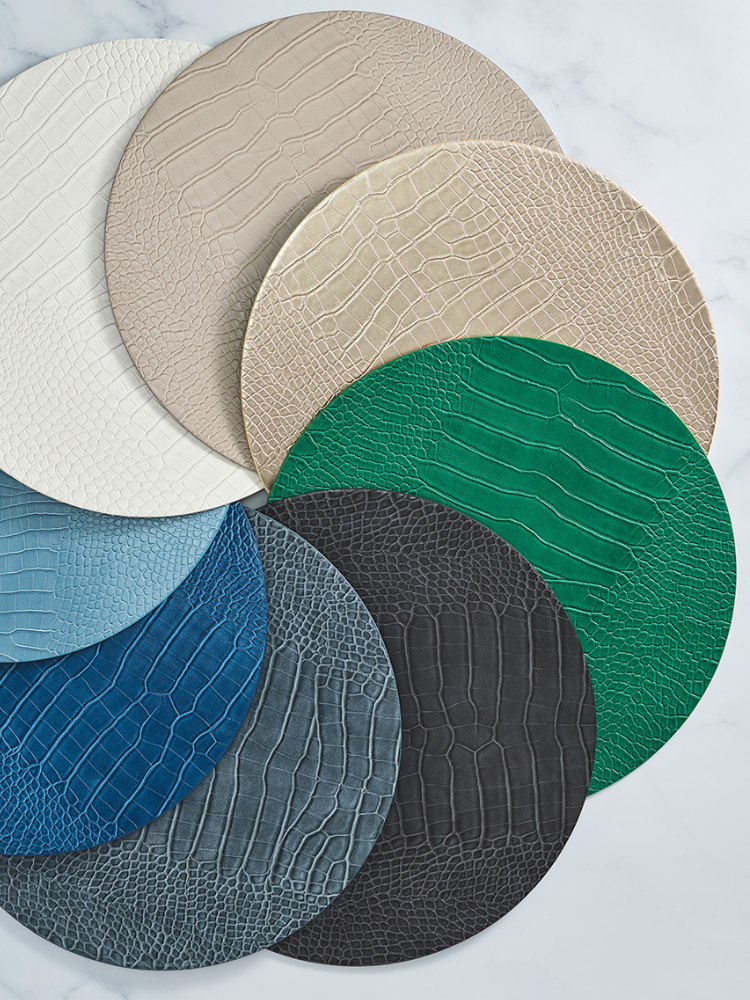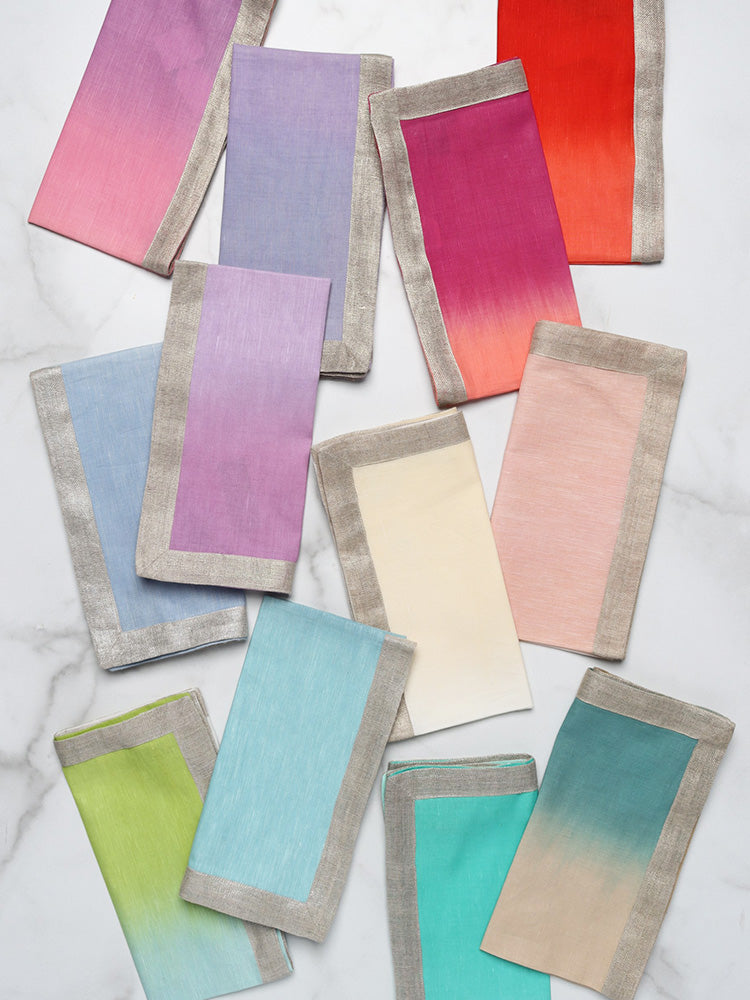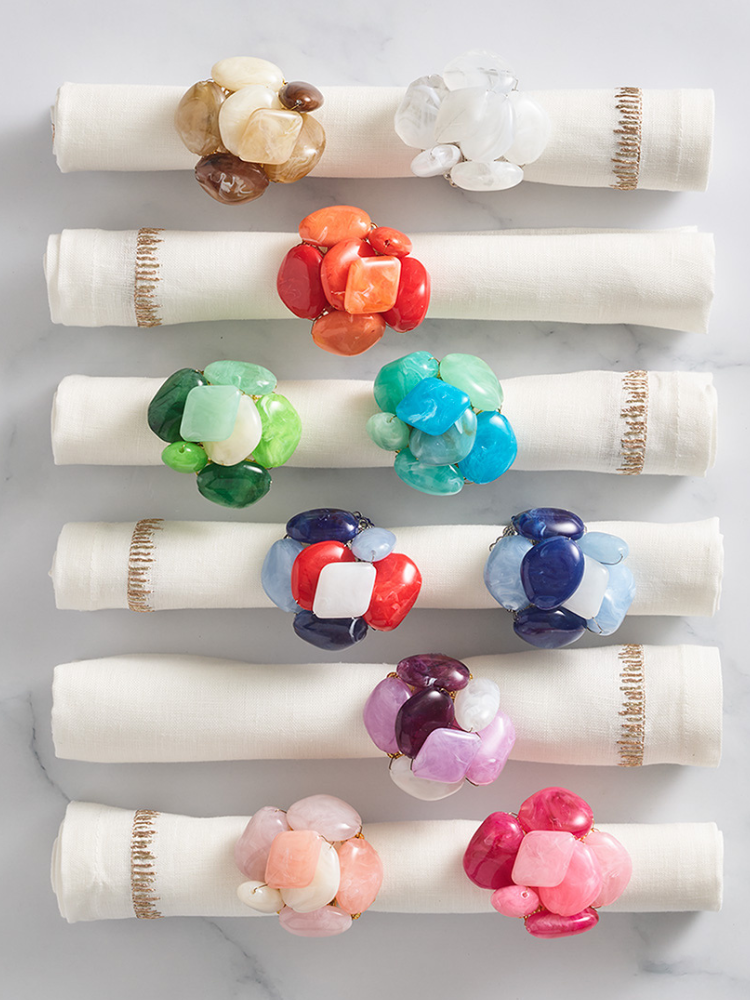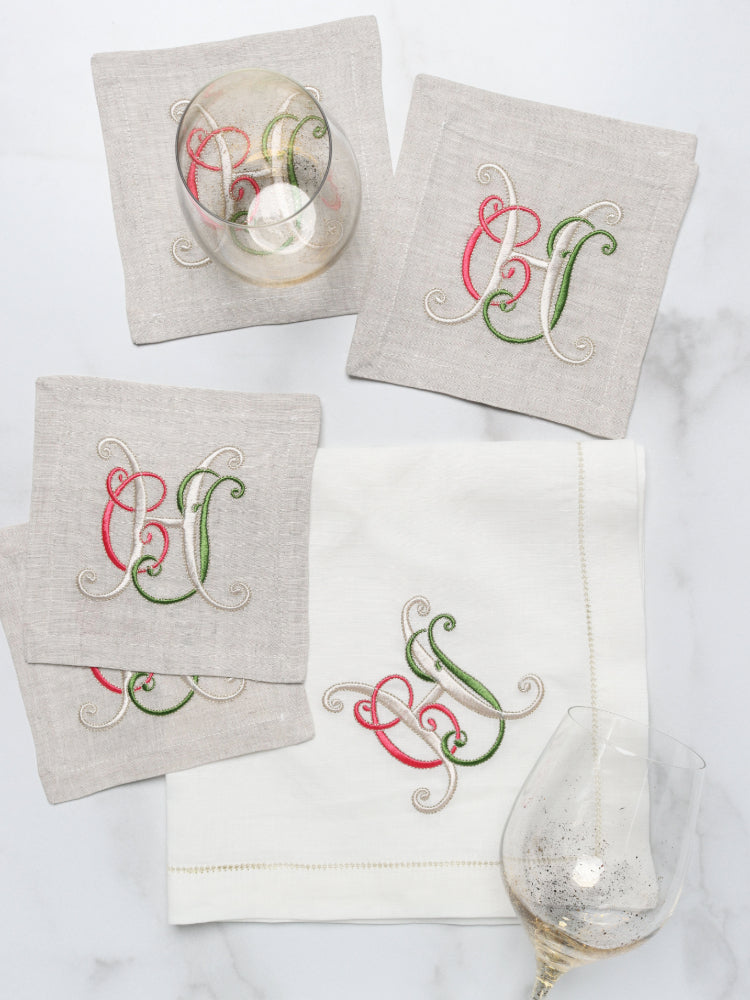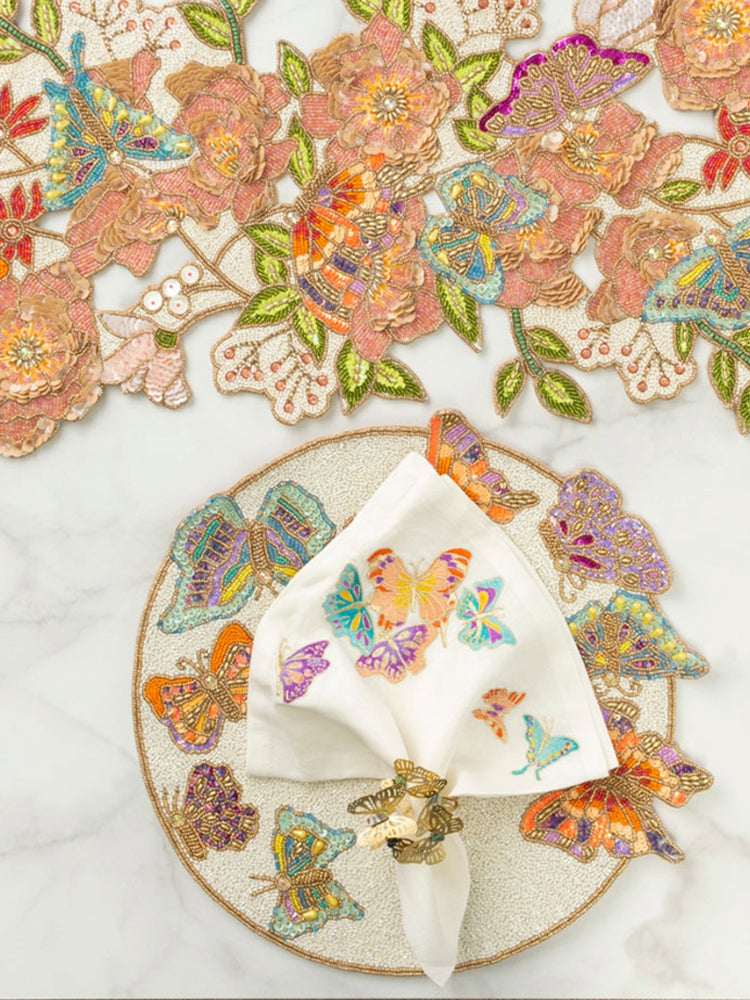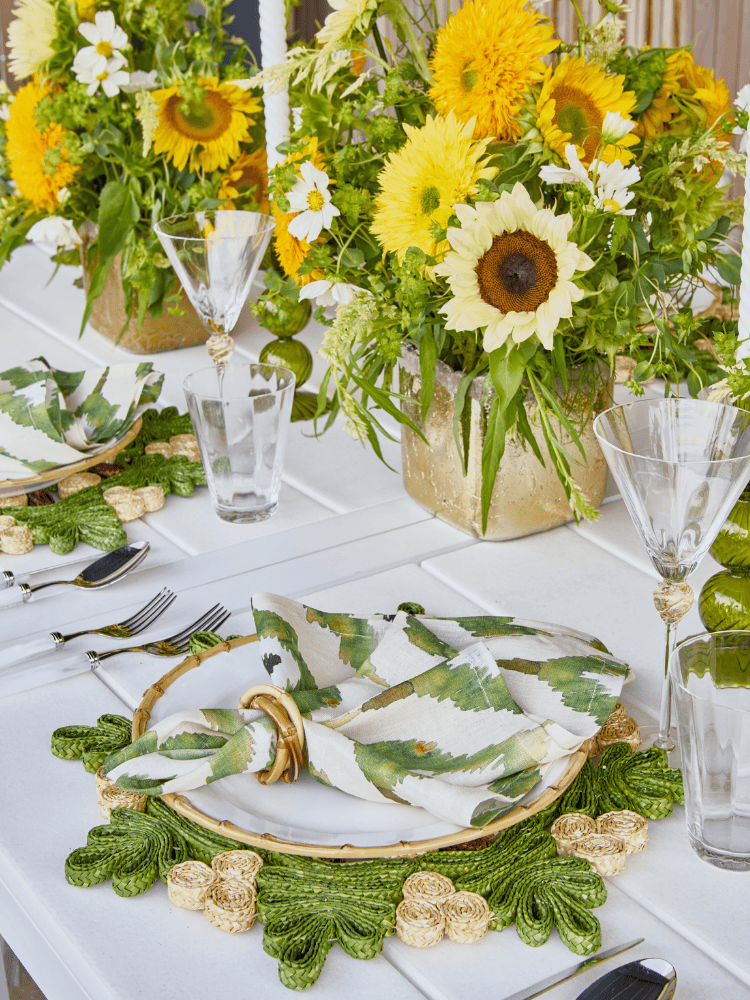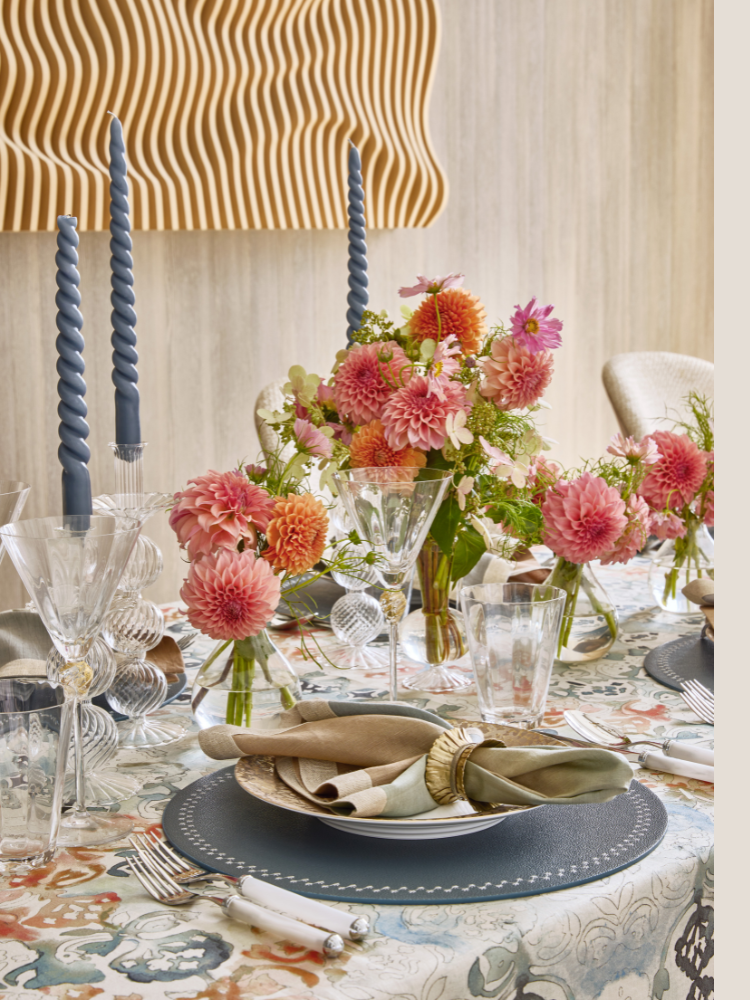The Art of Table Runners: Balancing Beauty and Practicality

Table runners are versatile pieces of decor that can transform a dining space from ordinary to extraordinary. Whether you're hosting a formal dinner party or enjoying a casual family meal, the right table runner can enhance both the functionality and style of your table setting. In this comprehensive guide, we'll delve into the dimensions, styles, and practical considerations to help you choose the perfect table runner for your needs.
The Purpose and Aesthetic Value of Table Runners

Understanding Table Runner Dimensions

What Is a Table Runner?
Key Dimensions of Table Runners

Table runners typically vary in width and length, with standard widths ranging from 12 to 18 inches. Lengths can vary significantly depending on table size and desired overhang. Our runners are available in lengths ranging from 30 to 43 inches, making them perfect for complementing smaller tables and also ideal as centerpieces for larger tables.
How to Measure Your Table for a Table Runner
To determine the appropriate size of a table runner, start by measuring the length and width of your table. Use a measuring tape and follow these steps:
-
Length Measurement: Measure from one end of the table to the other along the longest side.
-
Width Measurement: Measure from one side of the table to the other along the shortest side.
How Long should Runners Be - Determining the Ideal Length

The length of the table runner should take into account the size of your table and the desired overhang at each end.
A standard runner for a 6-foot rectangular table might measure around 72 inches to ensure an elegant overhang on both sides. This overhang is not merely decorative but also serves a functional purpose, protecting the edges of the table from wear and tear while adding visual interest to the dining area.
For round tables, the dimensions of table runners are tailored to complement the diameter of the table. Ideally, the runner should extend from edge to edge or slightly less, maintaining a balanced appearance that harmonizes with the round shape.
When opting for a shorter runner, such as one measuring between 30-43 inches in length, it's essential to ensure it still complements the table's dimensions effectively. Shorter runners can be particularly suitable for smaller tables or when a more minimalist aesthetic is desired. They can still provide a stylish base for centerpieces or tableware while requiring less maintenance and avoiding excessive draping.
Square tables require careful consideration of proportions. The runner should be chosen to provide an equal overhang on all sides, enhancing the symmetry of the table setting. This ensures that the runner doesn't overwhelm the table while still contributing to its aesthetic appeal.


